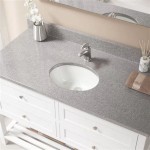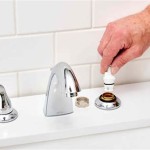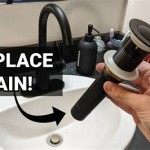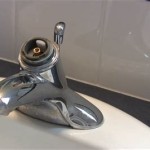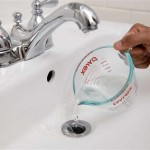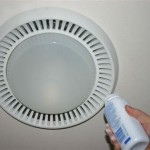Do You Need a Floor Drain in Your Bathroom?
A floor drain, also known as a shower drain, is a crucial component in many bathrooms, serving as a vital drainage point for water. While its presence might seem obvious in showers and wet rooms, the necessity for a floor drain in other bathroom areas can be less clear. This article will explore the reasons why a floor drain might be beneficial in your bathroom, considering factors like location, design, and potential hazards.
Benefits of a Floor Drain in Bathrooms
A floor drain offers several advantages in bathrooms, contributing to a more comfortable, safe, and hygienic space.
1. Preventing Water Damage
The primary function of a floor drain is to prevent water accumulation on the bathroom floor. This is especially important in areas prone to spills, such as showers, bathtubs, and sinks. Without a floor drain, water can seep into the subfloor, causing mold growth, structural damage, and even health issues.
2. Enhancing Hygiene
Floor drains play a significant role in maintaining hygiene within the bathroom. By efficiently draining water, they help to prevent the buildup of moisture, which can create an ideal environment for bacteria and mold to thrive. This is particularly important for showers and areas where soap and shampoo residues accumulate.
3. Ensuring Safety
Wet floors are a major safety hazard, increasing the risk of slips and falls. A floor drain in a bathroom helps to minimize water accumulation, making the floor safer to walk on, reducing the likelihood of accidents. This is particularly important for elderly individuals, young children, and anyone with mobility issues.
When a Floor Drain is Necessary
While floor drains are common in showers and wet rooms, their necessity in other bathroom areas depends on several factors.
1. Shower and Wet Room Design
Floor drains are essential for showers and wet rooms, as these areas experience high water volume and frequent use. They ensure that water is drained efficiently, preventing the buildup of moisture and ensuring a safe and dry environment after showering.
2. Toilet and Sink Placement
While not always mandatory, floor drains can be beneficial near toilets and sinks, especially if they are located near the wall or in a corner. This can prevent water from spilling and accumulating on the floor, particularly when cleaning or in the event of a leak.
3. Water-Prone Areas
Floor drains are particularly recommended in areas where water is prone to spills or leaks, such as near laundry areas, under sinks, or in areas where water pipes are exposed. They can help to prevent water damage and ensure a safer bathroom environment.
Choosing the Right Floor Drain
When deciding on a floor drain, consider the following factors:
1. Drain Type
Floor drains are available in various types, each with its own advantages and drawbacks. Common types include linear drains, point drains, and grate drains, with choices depending on the bathroom design and desired aesthetics.
2. Material
Floor drains are made from different materials, including stainless steel, brass, and PVC. The choice depends on the desired look, durability requirements, and budget. Stainless steel offers superior corrosion resistance, while PVC is more cost-effective.
3. Drain Size
The size of the floor drain should be appropriate for the volume of water it needs to drain. A larger drain is necessary for showers and wet rooms, while smaller drains may suffice for smaller bathrooms or areas with less water usage.
Conclusion
Determining whether a floor drain is necessary in a bathroom requires careful consideration of factors like location, design, and potential hazards. While they are essential in showers and wet rooms, their benefits in other bathroom areas can vary. By carefully selecting the right type and size of floor drain, you can create a safe, hygienic, and comfortable bathroom environment.

Faq Are Floor Drains Required In Commercial Bathrooms

3 Types Of Bathroom Drains Most Popular On The Ball Bathrooms

Which Floor Drain Is Better For Toilet In

Floor Drain Wikipedia

5 Reasons To Use A Tile Insert Point Drain The Plumbette

When And Where Do You Need A Floor Waste Drain Allproof Industries
How To Design 2nd Story Bathrooms So They Don T Start Dripping On The 1st Floor When Toilet Overflows Quora

Modern Bathroom Floor Drain Design Ideas Engineering Discoveries Des Tiles Plans Wet

Bathroom Floor Waste Regulations Nsw Strip Drains Sydney Linear Drain Blog

Find The Right Type Of Shower Drain For Your Bathroom Floor Easy
Related Posts
